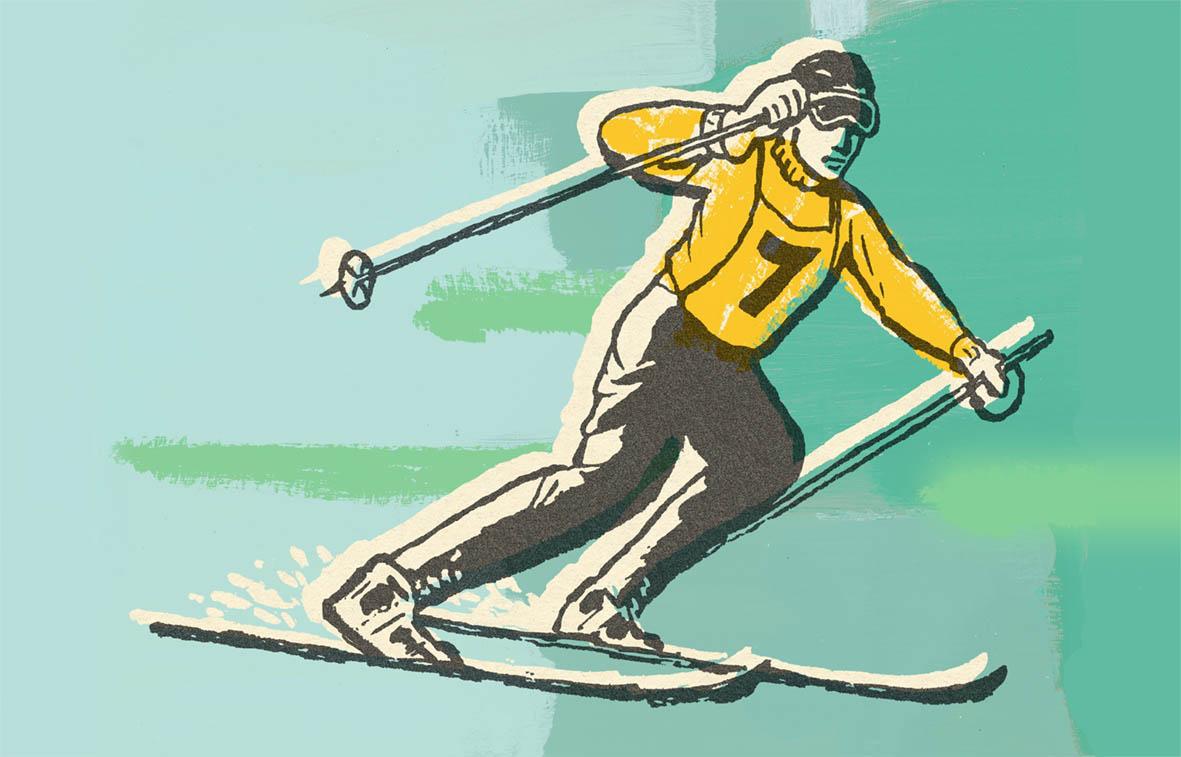Philip Goldman: What skiing taught me about making better decisions in business

1. Creating the space for ‘safe uncertainty’ can help you make better decisions
Some years ago I decided to take up skiing and went to Austria where I booked beginner sessions. The results were disastrous. “Bend your knees Philip! If you do not bend your knees you cannot ski!” shouted my instructor again and again but I found my anxiety, fear and uncertainty meant I couldn’t bend my knees. As a consequence I kept falling over and ultimately injured myself.
I was determined to learn to ski and the following year I chose an instructor who took a different mental approach. “Philip, I’d like you to imagine you have an imaginary scale in your head. If the front of your shin is hard pressed on your boot then that’s a 10, but if your shin is not touching your boot then that’s a 0. As you ski, tell me where you are on that scale.”
Off I skied and would shout out numbers on the instructor’s boot/shin scale, “0, 0, 4, 2, 5, 7.” As the numbers went up, I realised skiing became easier as I bent my knees even though the instructor never once told me to bend my knees. To some degree he’d created a space for me to experience ‘safe uncertainty’; in an uncertain environment he’d removed my fear and allowed focused attention.
2. Humans shy away from uncertainty
What the skiing lesson taught me was that we humans don’t like uncertainty. Most of us seek to try and control the environments where we live and work. We want to predict behaviours and quickly get to the answer when faced with problems. In today’s more uncertain world – see my previous post where I talk about the need for today’s leaders to be able to bridge older Newtonian thinking with today’s more unstructured and unpredictable quantum thinking – we have to think and act at a different level.
It was Einstein who said, “We cannot solve our problems with the same thinking we used when we created them.” For many of us though, it can be difficult to change our thinking because we are fixated by our own experiences and we forget to listen and learn because we think we know. The result is we don’t stay long enough in the question because the ambiguity makes us feel unsafe.
3. Create the space for safe uncertainty
That is why creating space for ‘safe uncertainty’ is so critical. ‘Safe uncertainty’ – a natural mental state we all experienced when we were children – is about being more curious. You will start to think and learn. You will engage differently. You will realise it is not jour job as a leader to quickly come up with the answer but rather it is more important to stay in the question and to engage other people in the question.
Like my ski instructor (the second one that is), a good coach can help you develop the ability to step into your uncertainty and to explore and practise things that you perhaps wouldn’t do by yourself. In the new digital world we’re living in where the increasingly influential millennial workforce thinks and acts differently, the successful leaders are the ones who create an environment where ‘safe uncertainty’ can be present and who never rush to answer the question.
I’d be interested in your experiences or thoughts of how you go about creating ‘safe uncertainty’ within your organisation.
In my next post, I’ll look at how the development of leadership ‘Cohorts’ can become a powerful place for testing out new thinking within your organisation in an environment of ‘safe uncertainty’.